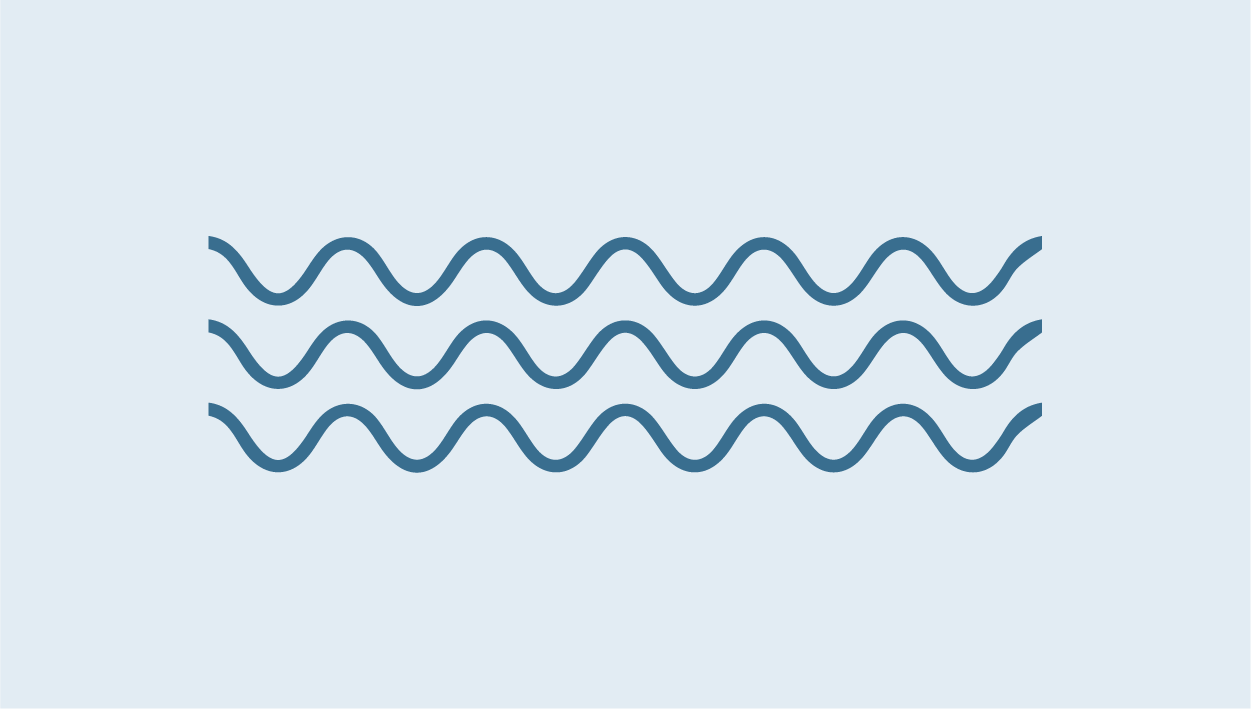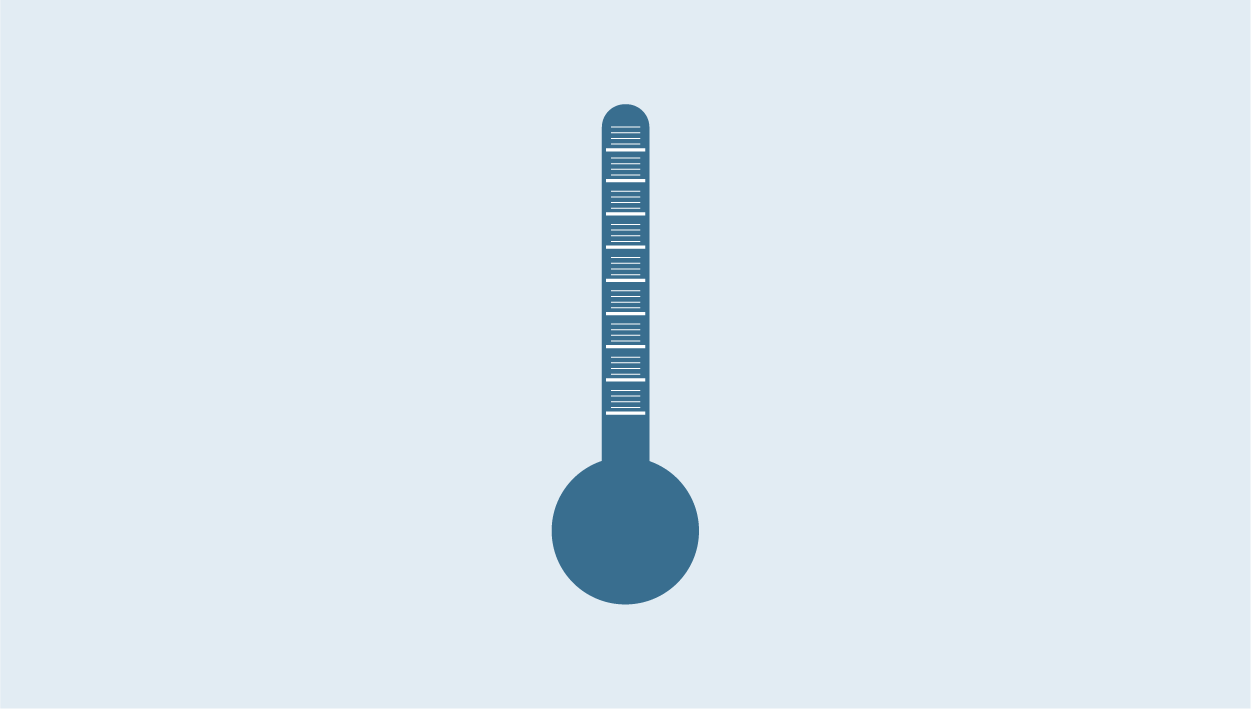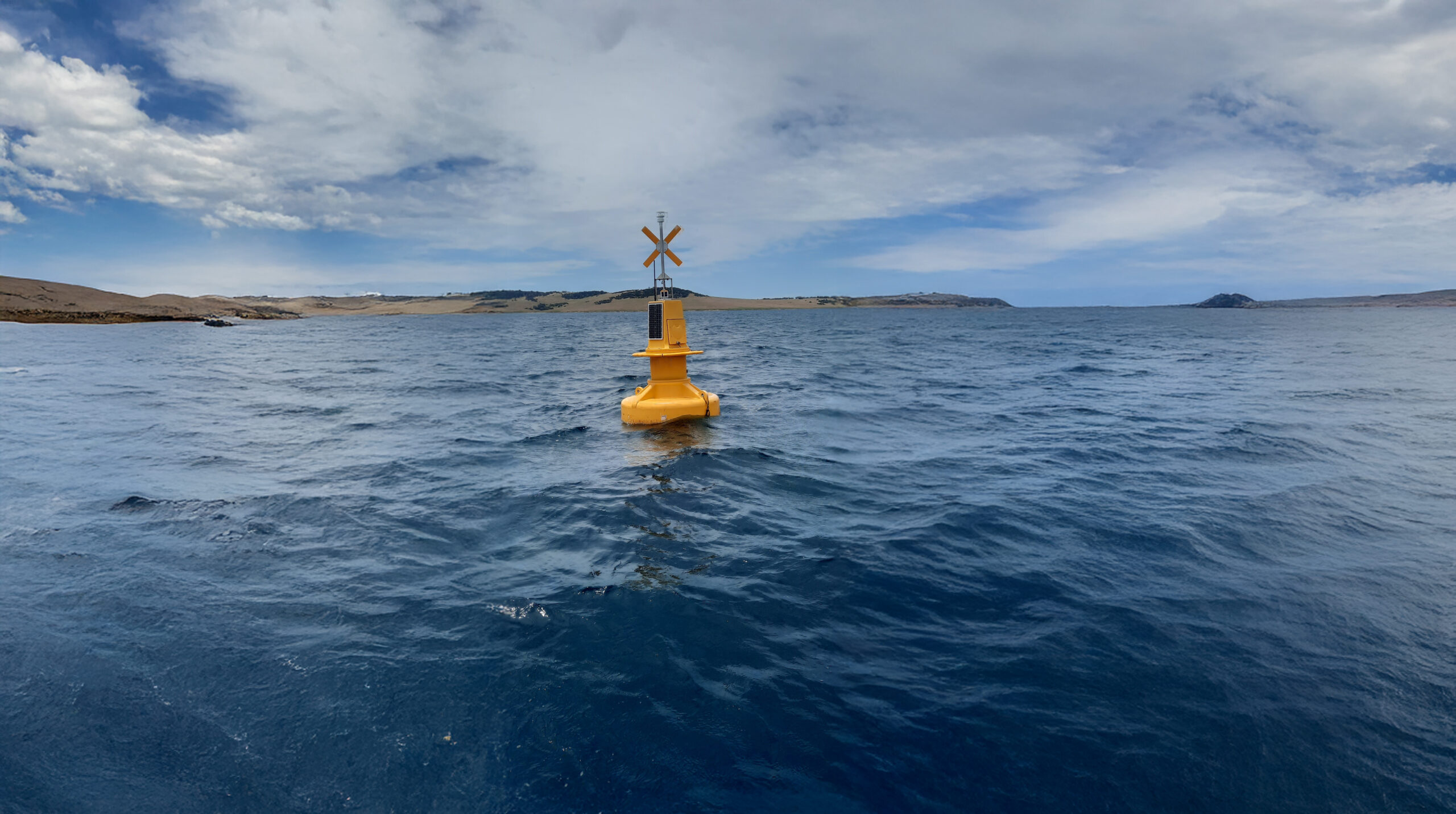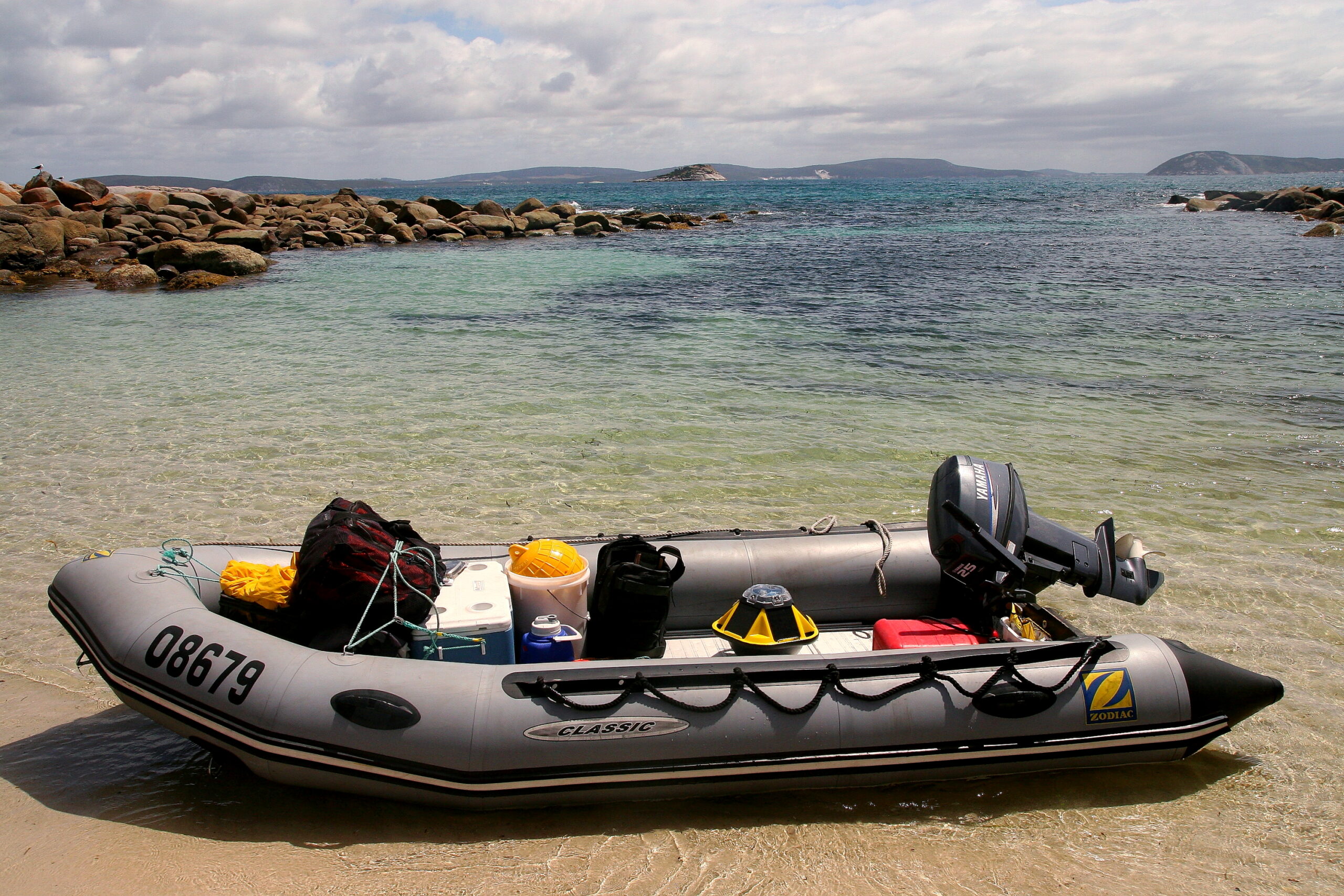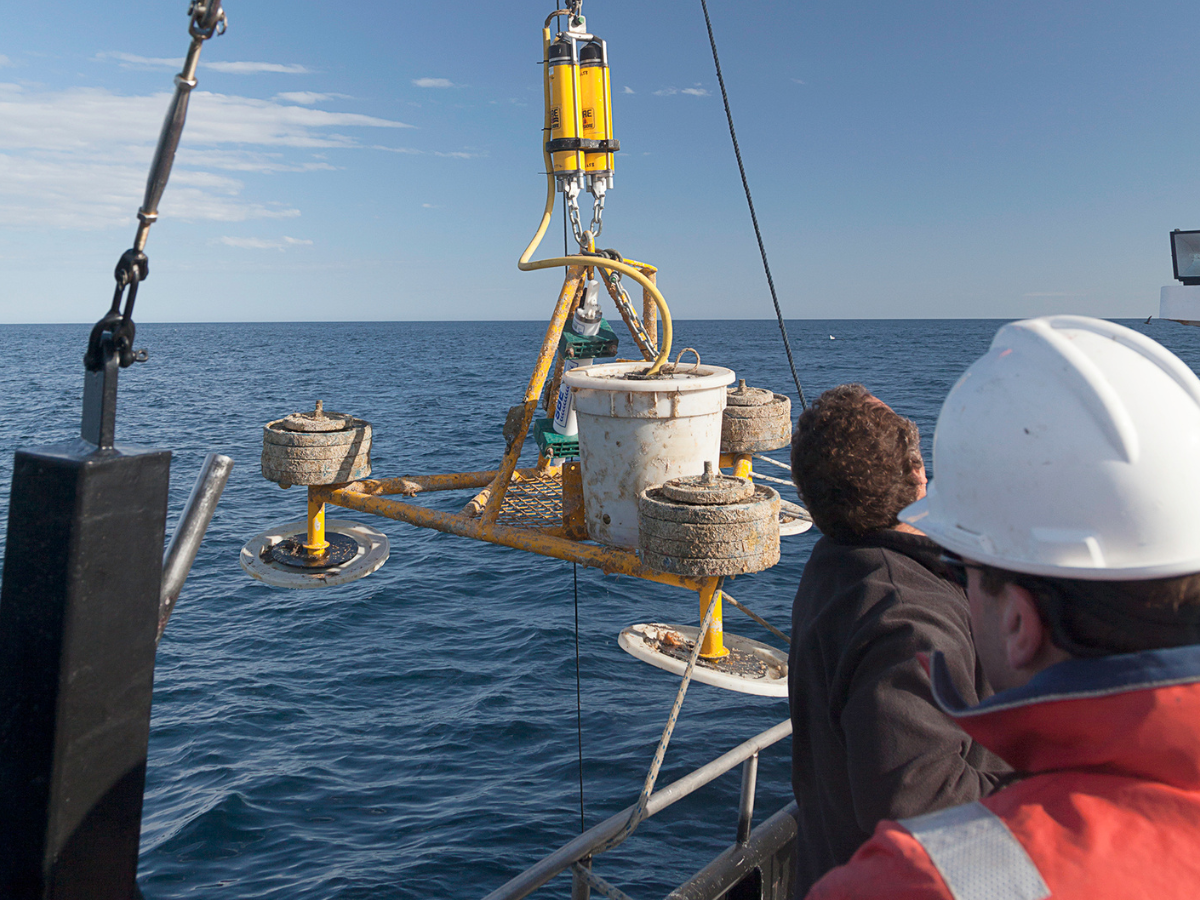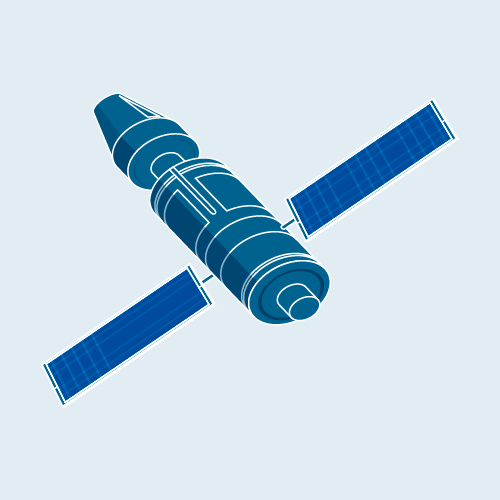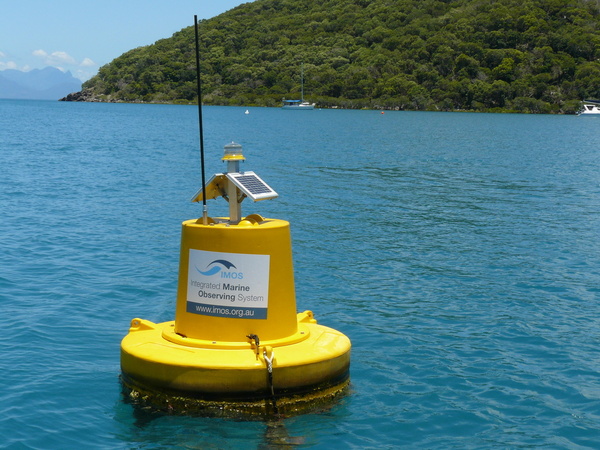Deep Water Arrays
Deep Water Arrays
Deep Water Arrays observe deep ocean currents and properties needed to understand the role of ocean on climate and its variability. The arrays monitor ocean circulation and its variability around Australia, providing valuable estimates of the ocean to the regional and global circulation, heat and freshwater content and exchange.
This IMOS sub-Facility finished in June 2023, however data is still available through the AODN Portal.
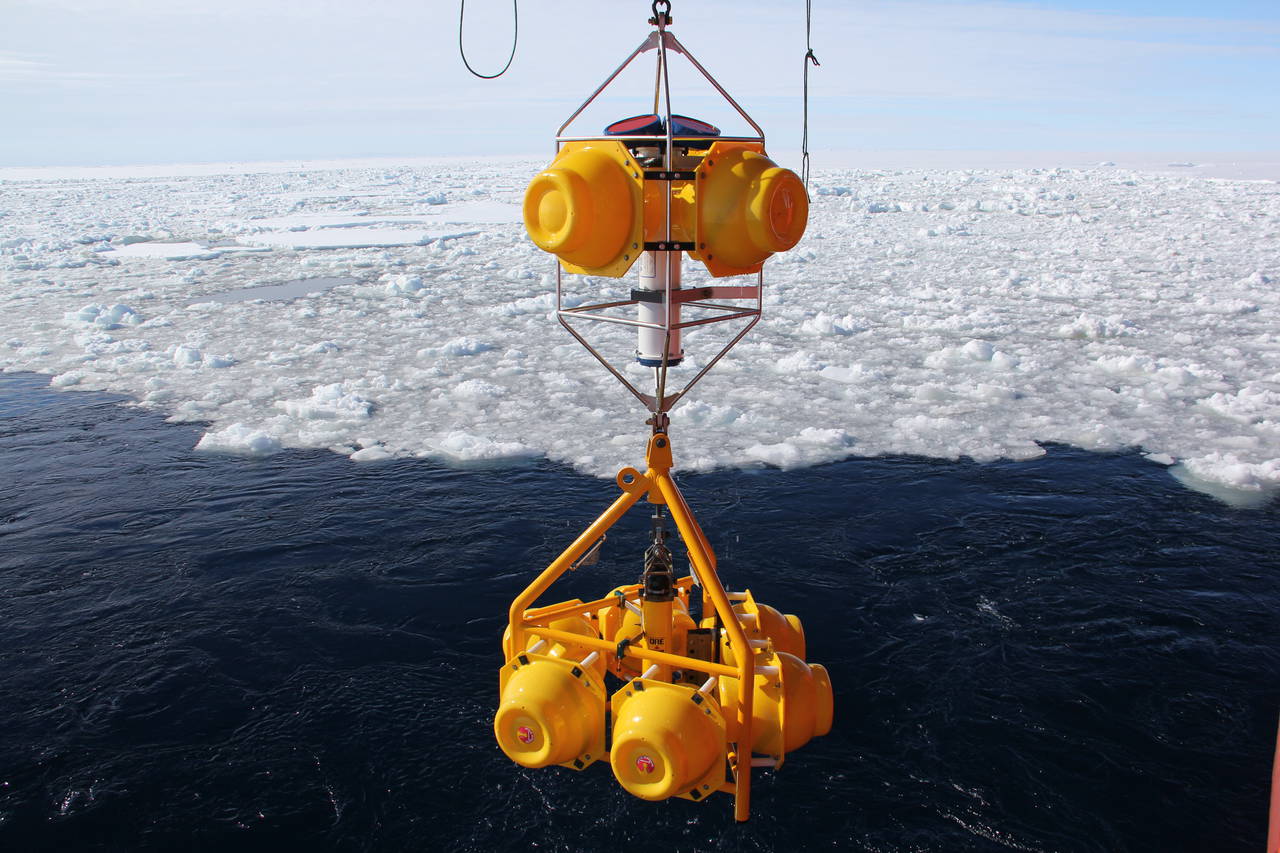
 Steve Rintoul, CSIRO, ACE CRC
Steve Rintoul, CSIRO, ACE CRC

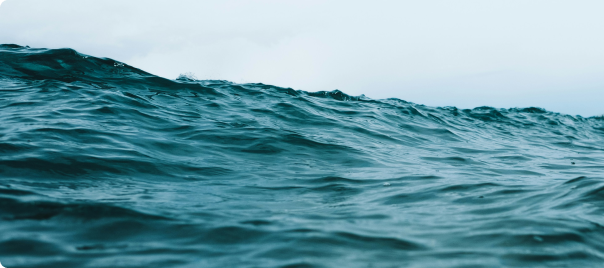
Deployments
Deep Water Arrays have been deployed at three sites including the Polynya off the Adelie Land Coast in Antarctica, the Indonesian Throughflow in the Timor Sea and the East Australian Current off the coast of Queensland.
The information provided by Deep Water Arrays contribute to a global understanding of ocean dynamics and allow the establishment of reliable climate and ocean models.
Key data streams
Select a key data stream to view all IMOS Facilities that collect that data.
Useful information
Acknowledging IMOS
Users of IMOS data are required to clearly acknowledge the source material by including the following statement:
Australia’s Integrated Marine Observing System (IMOS) is enabled by the National Collaborative Research Infrastructure Strategy (NCRIS). It is operated by a consortium of institutions as an unincorporated joint venture, with the University of Tasmania as Lead Agent.
